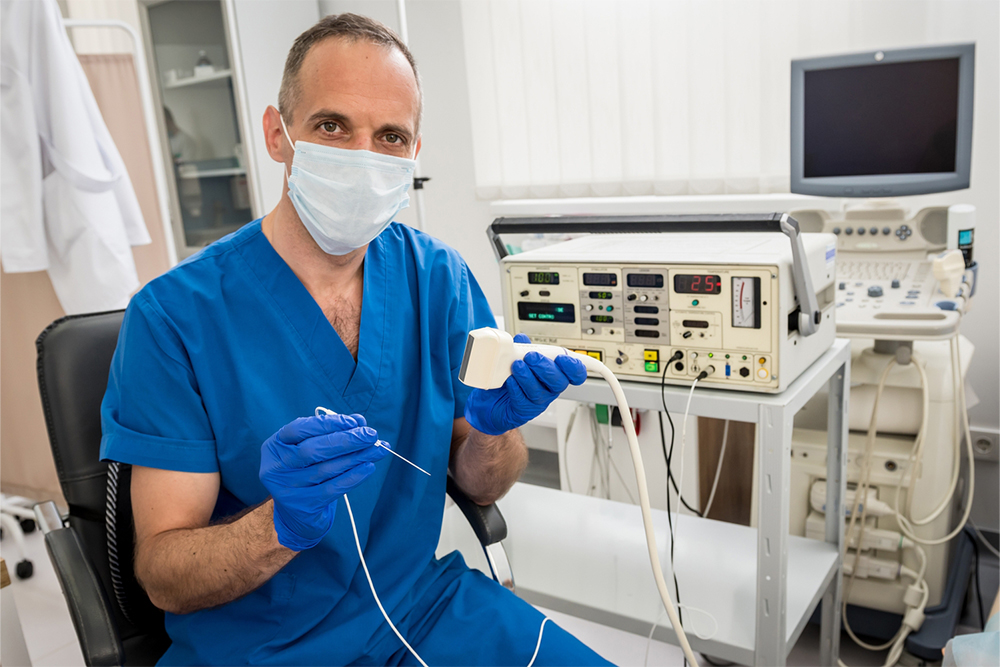Understanding the Angiogram: Key Facts and Procedures
An angiogram is a vital medical imaging test used to diagnose and evaluate vascular conditions. It helps identify blockages, blood clots, and vessel abnormalities, guiding treatment plans for heart, brain, or limb issues. Performed by specialized physicians, the procedure involves injecting contrast dye and capturing detailed images. While generally safe, minimal risks exist, and recovery emphasizes rest and wound care. Costs vary based on the procedure's complexity, location, and insurance. This essential diagnostic tool plays a crucial role in managing cardiovascular and cerebrovascular health.
Sponsored

An angiogram is a diagnostic imaging technique used by healthcare professionals to assess vascular health. It provides detailed images of blood vessels, helping to identify blockages, narrowing, or abnormalities in arteries and veins. This procedure is crucial in detecting issues like blood clots, plaque buildup, aneurysms, and vessel leaks. Physicians often recommend angiograms when there are concerns related to the brain, heart, or extremities. It is invaluable in planning treatments such as stent placement or bypass surgeries.
Purpose of an angiogram
Typically, an angiogram is performed when signs of vascular obstruction or irregularities are evident. It allows doctors to pinpoint the exact location and severity of blood vessel problems, guiding further treatment options effectively.
Angiograms enable medical professionals to diagnose conditions such as coronary artery disease, peripheral artery disease, blood clots, and aneurysms.
Doctors may also request an angiogram to evaluate blood vessels connected to tumors or to monitor stent placement. It is an essential tool for planning interventions like coronary bypass, stent placement, or chemoembolization. Pre-surgical angiograms help assess vascular health before operations, ensuring safer procedures.
Who performs an angiogram
Interventional cardiologists are primarily responsible for conducting coronary and peripheral angiograms. Vascular surgeons or interventional radiologists typically handle blood vessel imaging of the limbs. Cerebral angiograms are performed by specialized interventional neurologists. These trained professionals analyze the images to detect and evaluate vascular issues comprehensively.
Before an angiogram, patients are typically advised to fast overnight and bring a companion to escort them home afterward. Patients should disclose ongoing treatments and allergies to their provider and carry insurance and ID. Standard pre-procedure checks include vital signs and IV placement. The procedure involves inserting a catheter into an artery, injecting contrast dye, and capturing X-ray images to visualize blood flow. Some discomfort or burning sensation may occur, but overall, it’s a minimally invasive test. Post-procedure, pressure is applied to prevent bleeding, and follow-up discussions with the doctor review results and potential treatments like angioplasty.
Cost factors include the targeted body area, clinic location, healthcare provider expertise, and insurance coverage. Risks are generally low but can include bleeding, allergic reactions to dye, blood clots, or vessel injury. Patients with chronic conditions like diabetes may face higher complication risks. Recovery involves resting, hydration, avoiding strenuous activity, and keeping the insertion site clean and dry. Patients should refrain from bathing or swimming until fully healed.






